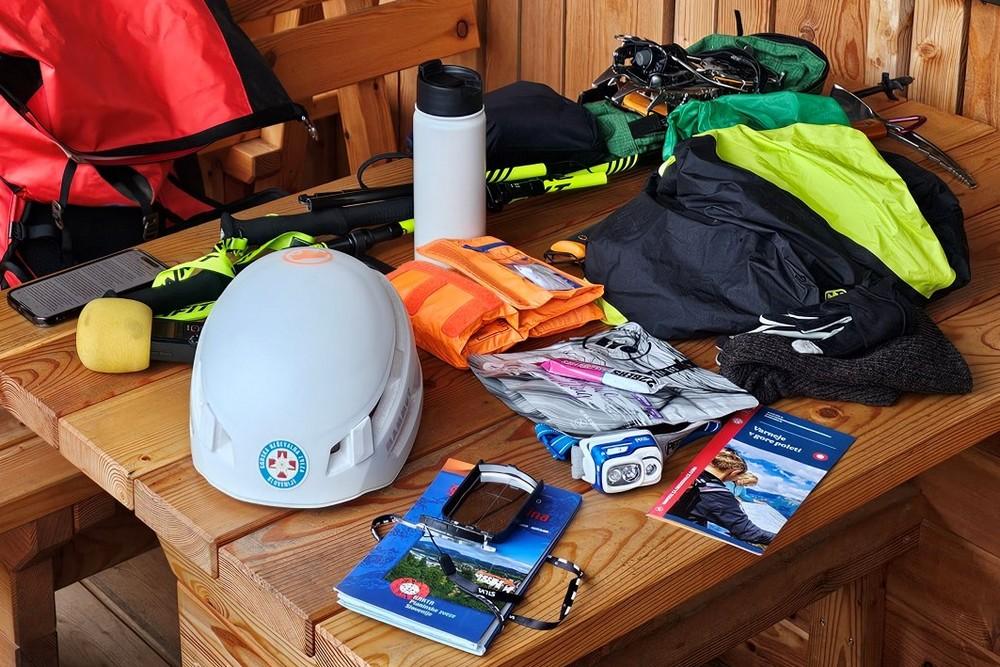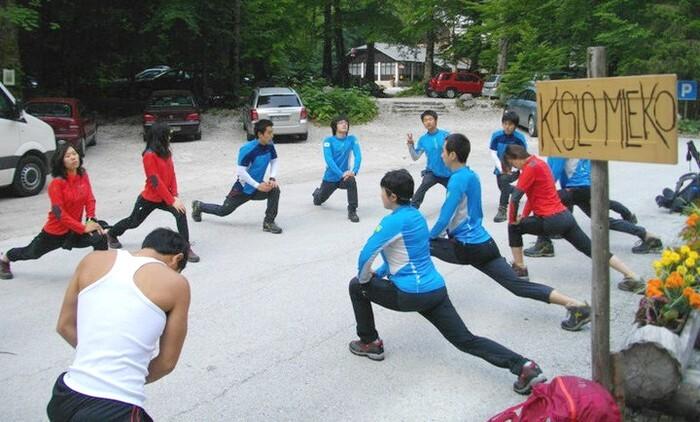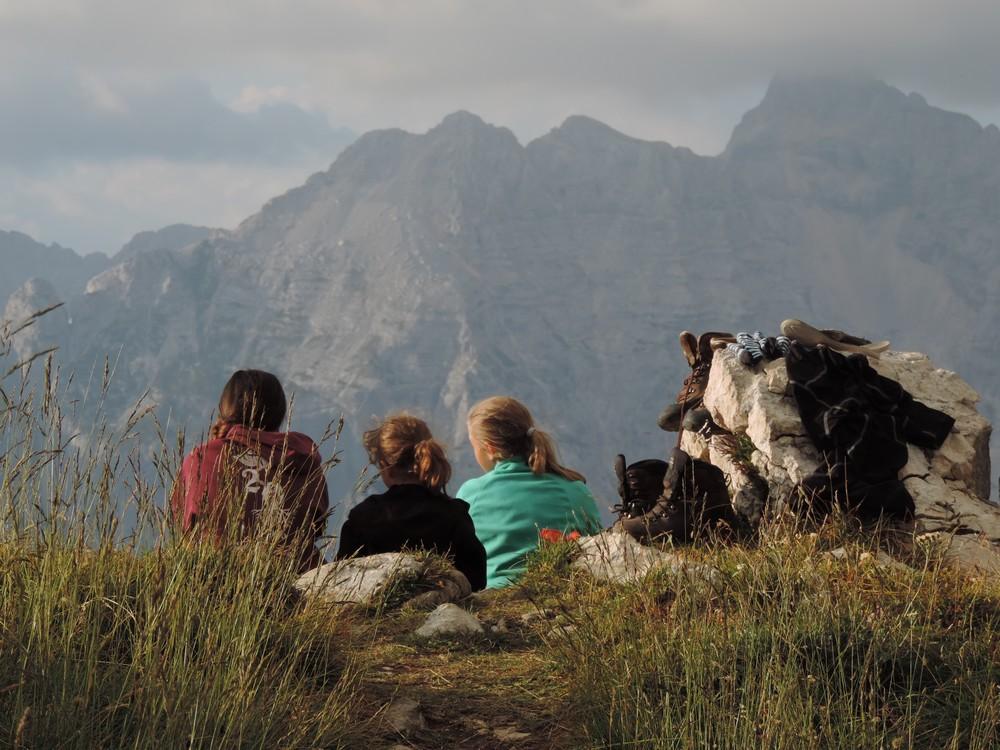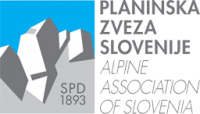Need to know before hike
Good preparation, high-quality equipment, cautious and experienced companions, and constant monitoring of conditions are crucial for a safe experience. And remember: the summit is only the halfway point.
CONTENT
WHAT YOU NEED FOR THE CLIMB
Planning is the key to ensuring a safe and enjoyable tour. Make sure you are fully informed of the difficulty, length, ascent and descent, weather, and other conditions. If the path you have chosen is too difficult for you, it will reduce your enjoyment of the experience and may increase the likelihood of you finding yourself in a dangerous situation.
Planning is the key to ensuring a safe and enjoyable tour. Make sure you are fully informed of the difficulty, length, ascent and descent, weather, and other conditions. If the path you have chosen is too difficult for you, it will reduce your enjoyment of the experience and may increase the likelihood of you finding yourself in a dangerous situation.
Mountaineering is a wonderful experience. But only with thorough preparation you will keep fine memories of it. A day may begin with a warm sunny morning and end with a thunderstorm, blizzard, and frost. So one’s personal equipment must always be adequate for any contingency.
Recommended equipment:
- strudy hiking boots,
- clothes (protects against the sun, wind, cold) and spare clothes,
- warm and waterproof jacket, hat and gloves,
- first aid kit with emergency foil blanket,
- identity document and cash,
- headlamp with spare batteries, fully-charged mobile phone,
- hiking map,
- food and liquid,
- helmet, climbing harness and self belay kit on protected very difficult trails,
- collapsible trekking poles,
- ice axe and crampons (even in early summer in higher elevation and on northern slopes),
- toilet paper and in case of staying overnight in mountain hut travel sleeping sheet and personal hygiene kit.

Recommended equipment: of every mountaineer. Photo: PZS/Manca Ogrin
Never attempt longer mountaineering hike in newly-bought boots. They may rub your feet sore. New boots should be broken in at least one week before the intended climb.
You need thick socks and strong boots with rubber soles. The boots should be high enough to protect the ankle; they should be suitable for any type of ground: for climbing rocks on secured routes, descending pathless screes, or crossing steep snowfields in early summer.
Your clothes should protect you against the cold, hot sun, and rain. You should have a warm shirt with long sleeves and climbing breeches. Anything you put on should be the right size, not too loose and not too tight. You should also have a waterproof jacket, sweater, mittens, and cap that can be pulled down to cover the ears. In rain, however, a broad hat will come in handy, as well as a rain cover for your backpack.
The backpack should be strong and capacious, as it is supposed to contain quite a lot of things: spare underwear, which should be kept in a separate plastic bag; electric torch (with a new battery), which you use at night in the mountain huts, to pick out the path, or to signal in an emergency; first aid kit, which you also put in a plastic bag. A map and compass are indispensable. You should also take sunglasses, some cream for the face, and a lip balm.
In late spring or early summer on a steep snowfield, you will feel safer with an ice-axe; but it takes some previous instruction and training as to its use. Only by using the safety equipment correctly and professionally will you have a safer experience.
There are many mountain huts in Slovenian Alps and hills with good, substantial meals, you should rather rely on these than sweat under the ballast of tinned food in your backpack. An emergency ration, of course, should by all means always be taken along! The food must be sufficient and varied, so as to replace lost energy and perspiration. Drinks, too, should be taken moderately. Sweet drinks provide the body with some calories but cause further thirst. One should also avoid alcoholic drinks. Large amounts of water expel too much salt from the blood and increase the thirst. Very cold drinks may bring about stomach spasms.
Basic maps with different scales are provided in the guidebook for each individual stage, but we recommend that you buy special hiking maps which will make navigation much easier. Maps at a scale of 1:50,000 cover a wider area, while the 1:25,000 maps are twice as detailed.

We recommend that you buy special hiking maps which will make navigation much easier. Photo: PZS/Manca Ogrin
PHYSICAL CONDITION, HEALTH, FIRST AID
Preparation of body and mind is a »conditio sine qua non« of success. Or you may remember blisters and exhaustion and sore muscles, and perhaps even spasms, rather than the beautiful view from the summit.
A couple of recommendations for a safer outing:
- Visit the mountains only if you are healthy and fit.
- Plan your outings carefully and pay attention to the weather forecast and current conditions.
- Use appropriate equipment and make sure that your backpack isn’t too heavy.
- If you get lost, return to the nearest blaze or call mountain rescue service on 112 before getting yourself into more trouble.
- Walk at a steady pace and be careful not to fall or slip.
Preparation is not limited to provisions of food and equipment – though naturally enough, good equipment may turn out to be the decisive factor in your success – but includes physical training as well. In fact, this should be given the most attention during the preparation period.
The preparation, accordingly, should, by all means, include physical training, which is best performed by hiking, running and cycling. You should not forget small everyday opportunities to improve your condition, like walking or cycling to the office instead of taking the car; or walking or running up the stairs instead of taking the lift.
And mental preparation: it is important that you should get plenty of information about the mountain before you tackle it. It furnishes you with the necessary knowledge, arouses your expectations, and helps you to get attached to it before you even set foot on it.

Warming up before the start of walking, along with a slow start, can save the initial malaise and cramps. Photo: PZS/Matej Ogorevc
Exhaustion is first manifested by pallor, sickness, unsteadiness, and quick pulse. Such a person must immediately take a longer rest. They should be given some warm sweet liquid in small quantities. When they have recovered, the group must make the most sensible decision: if a hut is near, they should carry on to reach it, otherwise, they ought to return to the valley.
Many accidents are brought about by previous injuries that appeared negligible at first and were incorrectly treated. A momentary sickness in an exposed place or a sprained foot on a solitary path may cost a lonely mountaineer their life. The climb is much safer in the company of others who can help each other or call rescuers in case of an accident.
If you have a chronic disease, consult your doctor before the climb. A casual weakness during the climb, as a consequence of such a disease, will affect you in the first place.
It is important that one should not set out alone. Being alone in an emergency may well mean risking one’s life. If you have no companion and do not wish to hire a mountain guide, go and join a group of mountaineers headed by an experienced leader.
In a group of mountaineers going together, the whole group should adapt their pace to abilities of the weakest. This is especially important with children, who are often too proud to admit tiredness and may actually be on the verge of exhaustion.
Taking short rests at regular intervals during the climb is advisable. While resting, you should put on your jacket or some other clothing and take a few mouthfuls of light food. On longer trekings you should have hot meals in the huts, as eating dry food all the time may cause digestive disturbances.

Rests at regular intervals are advisable. Photo: PZS/Matej Ogorevc
And what to do if despite all these precautions you get involved in an accident, or if you come across an injured person? The most important thing is not to lose your head. Considerate action is always the rule. More dangerous injuries should always be seen to first: an unconscious person should first be laid on their side before their wounds are dressed, and heavy bleeding stopped before a broken limb is immobilized. You should be aware of the fact that the final recovery of an injured person may largely depend on what first aid they were given and that their survival is very rarely a question of minutes.
In case of a major injury or health problems call the Mountain Rescue Service on 112! Where there is a group of mountaineers, the injured person should be treated by the most experienced member.
MOUNTAINEERING TRAILS
Slovenian mountaineering trails are marked with the Knafelc blaze, which consists of a white dot inside a red ring. The direction of the trail can also be given with straight or broken red lines. At intersections, they sometimes change into arrows with the names of huts and peaks they lead to.
Mountain/hiking trails are categorized into three difficulty levels: easy, difficult and very difficult trails.
MOUNTAIN HUTS
Mountain huts serve various dishes. You can always count on a stew of some kind, a couple of different soups, and some deserts. It’s a good idea to book your overnight stay. Make sure to cancel your booking if you can’t make it to the hut for whatever reason.
Wild camping is prohibited in Slovenia; stay at mountain huts or designated camping sites. Some huts have winter rooms that can be used free of charge when the huts are closed.
Members of the Alpine Association of Slovenia and other alpine associations that have a reciprocal rights agreement with the Alpine Association of Slovenia receive a discount on overnight stays in mountain huts. To get the discount, you’ll need a valid membership card of your alpine association.
Some specifics and recommendations:
- It’s a good idea to book your overnight stay, especially during peak season (July, August). Make sure to cancel your booking if you can’t make it to the hut for whatever reason.
- Most of the high-alpine huts have very little water and all guests are asked to use it sparingly. In most huts showering is not possible or (if available) costs a couple of extra Euros.
- The variety of the menu depends on the hut’s location, accessibility, and equipment. People usually eat breakfast and dinner at the huts and rely on their own snacks during the day.
- You won’t need a sleeping bag, but bring a travel sleeping sheet to avoid paying a couple of extra Euros.
- You’re not allowed to wear boots in the rooms and nearly all the huts have slippers that you can borrow.
Cooking of own food in huts is not allowed – but you may cook outside!
MOUNTAIN RESCUE SERVICE
In case of an accident call 112 to notify the mountain rescue service. If there’s no cell service you’ll need to find it on open space with a view on the valley or mountain sport center. In worst case a note about the accident should be transfered to the nearest mountain hut or in the valley.
WEATHER IN MOUNTAINS
According to the statistics, February is usually the coldest and August the hottest month of the year. June has most rain (or snow, as the case may be). The driest month is October with only ten rainy (or snowy) days, and September often has as many fine days as October.
